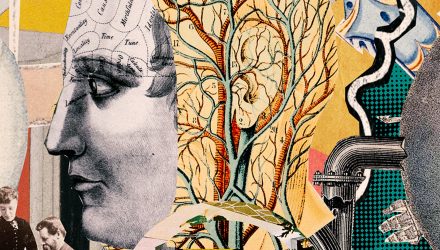
Technology transforms art creation, distribution, and experience. AI plays a major role, alongside other technological advances.
AI’s Growing Role
AI tools now create images, music, and text. Artists use DALL-E, Midjourney, and Stable Diffusion to generate visuals from text descriptions. Musicians use tools like Suno and Udio to produce compositions. Writers use language models to draft stories and poems.
These tools serve different functions. Some assist with ideation and sketching. Others help with technical execution. Most effective artists use AI as a collaborator rather than replacement.
Example: Artist Refik Anadol uses machine learning algorithms to create data sculptures and immersive environments. His “Machine Hallucinations” series transforms millions of images into flowing digital artworks.



Beyond AI: Other Technology Changing Art
Digital Fabrication
3D printing enables artists to create complex physical objects from digital designs. Sculptor Neri Oxman combines 3D printing with biological materials for her “Material Ecology” work.
Laser cutting and CNC routing allow precise physical manifestation of digital designs. These technologies bridge digital concepts with material reality.



Extended Reality
VR creates immersive art experiences. Artists like Laurie Anderson develop virtual worlds where viewers become active participants rather than passive observers.



AR overlays digital content onto physical spaces. The TeamLab collective creates room-sized interactive installations where projections respond to viewer movements.
Biotechnology
Bioart uses living tissues and organisms as creative materials. Artist Eduardo Kac created “Alba,” a genetically modified fluorescent rabbit, raising questions about ethics and technology.
Mycology-based materials allow fungi to generate sculptural forms. These approaches connect technological innovation with natural processes.

Intersection Points
Collaborative Creation
Artists increasingly work with technologists, scientists, and programmers. These collaborations produce work not possible within traditional disciplines.
The MIT Media Lab and Arizona State University’s Arts, Media and Engineering program foster these interdisciplinary approaches.
New Distribution Models
Blockchain technology enables digital art ownership through NFTs. This creates new economic models for digital artists.
Virtual galleries allow art viewing without physical travel. These platforms democratize access to art from diverse creators.
Audience Participation
Interactive technologies turn viewers into co-creators. The future of art involves more participation and less passive consumption.
Mobile technology allows location-specific art experiences. Apps like Artivive enable artists to add digital layers to physical work.
Challenges and Tensions
Copyright issues remain unresolved. AI training on artists’ work without compensation creates legitimate concerns.
Technical barriers limit participation. Not all artists have equal access to expensive tools and technical knowledge.
Some fear technology might homogenize artistic expression. Style transfer algorithms and filters can create visual similarity across different creators’ work.
The Path Forward
Art schools now teach both traditional techniques and technological tools. This hybrid education prepares artists for evolving creative landscapes.
Open-source initiatives make technology more accessible. Projects like p5.js democratize creative coding.
Artists increasingly shape technology development rather than just using existing tools. Their feedback influences how tools evolve.
Conclusion
The future belongs to artists who combine technological fluency with creative vision. Technology won’t replace human creativity but will expand its possibilities.
The most interesting work happens at the intersection of human imagination and technological capability. This partnership will define the next era of artistic expression.
